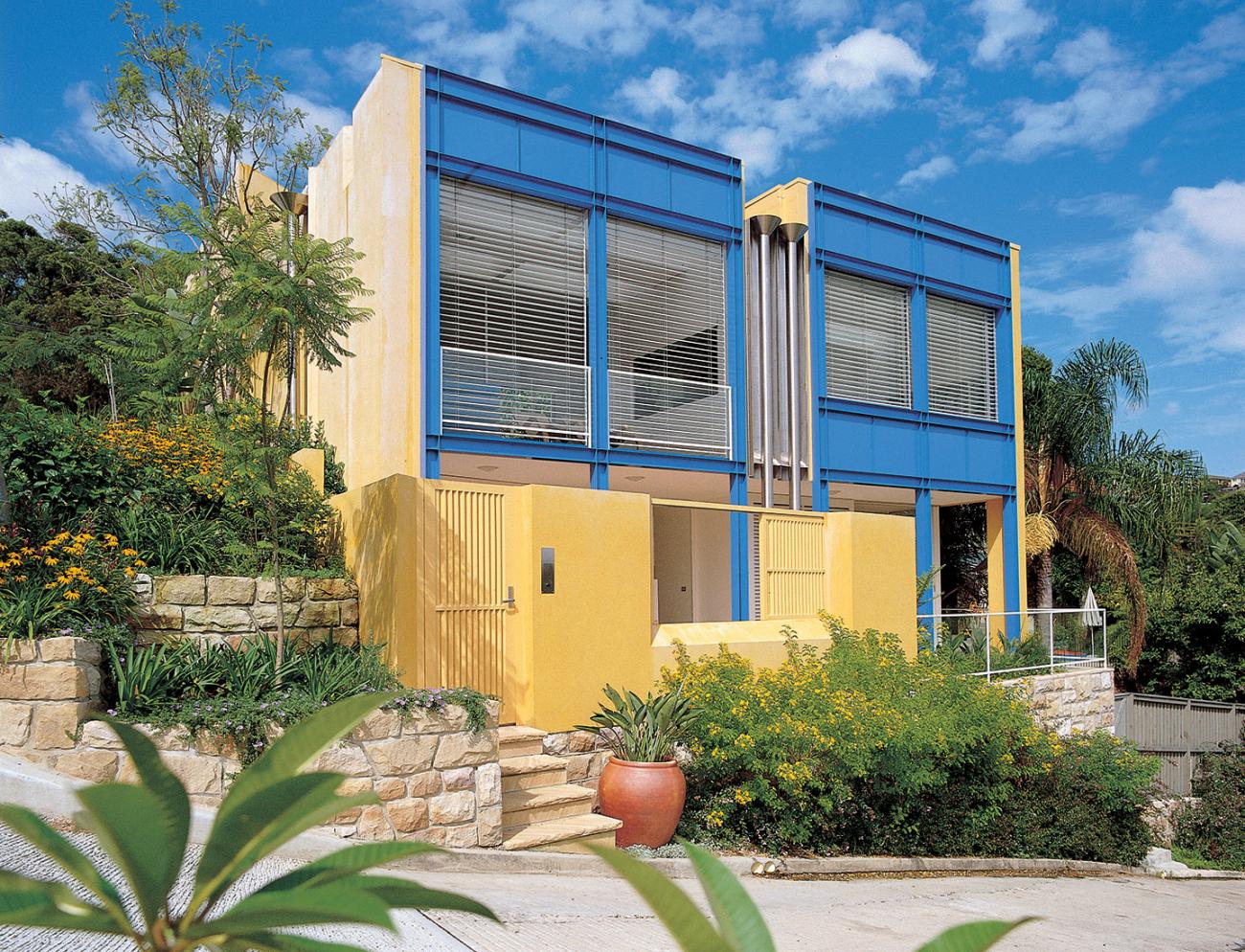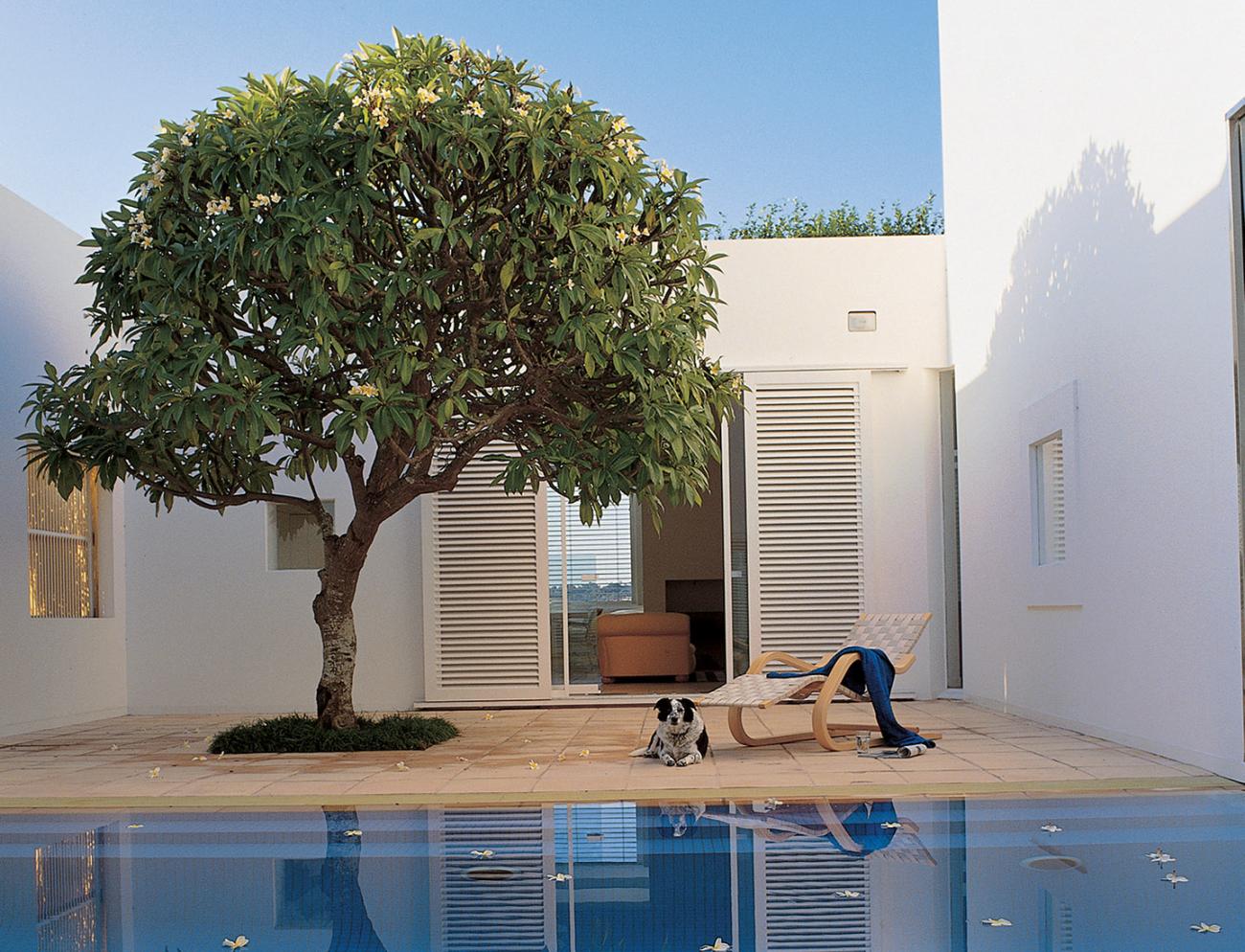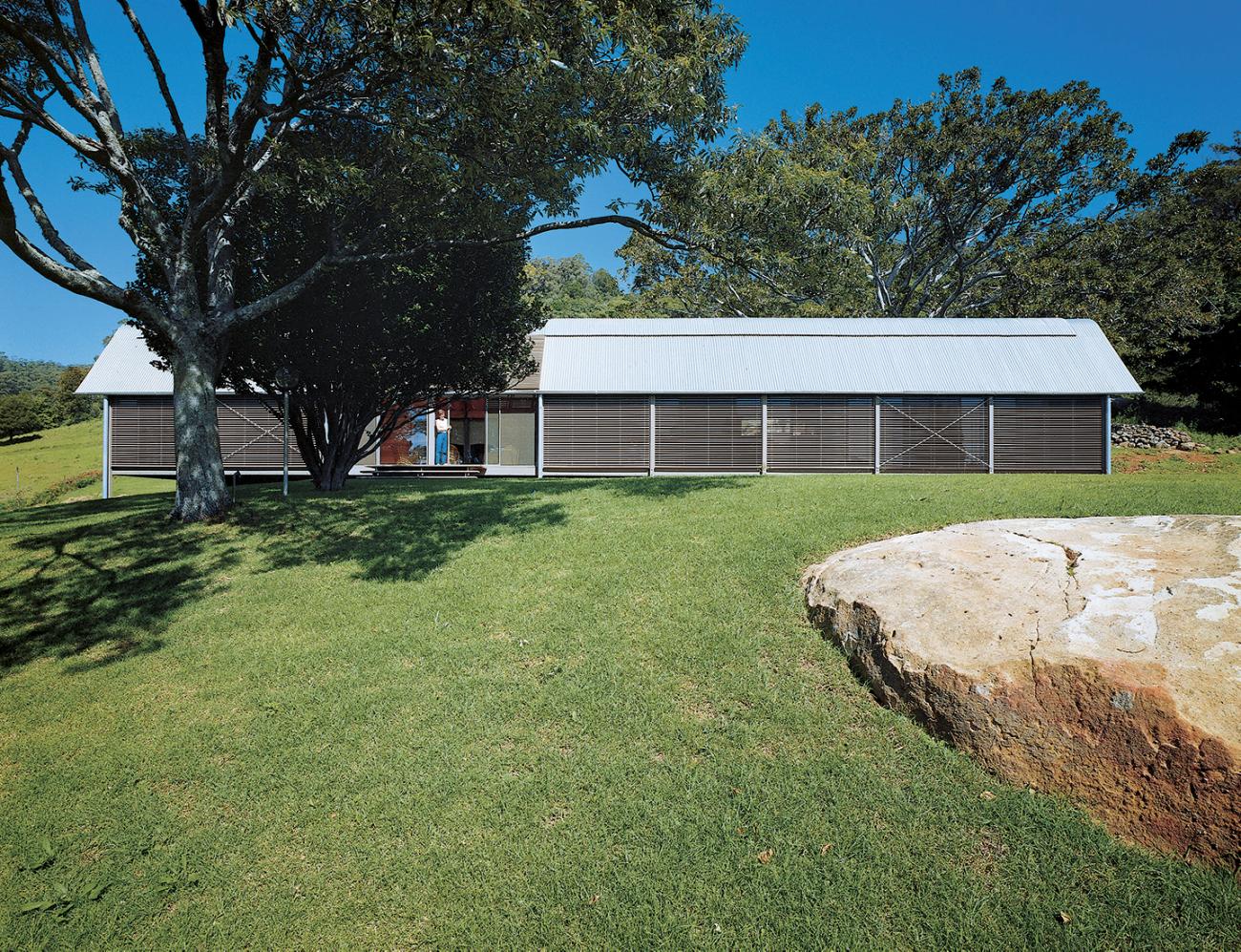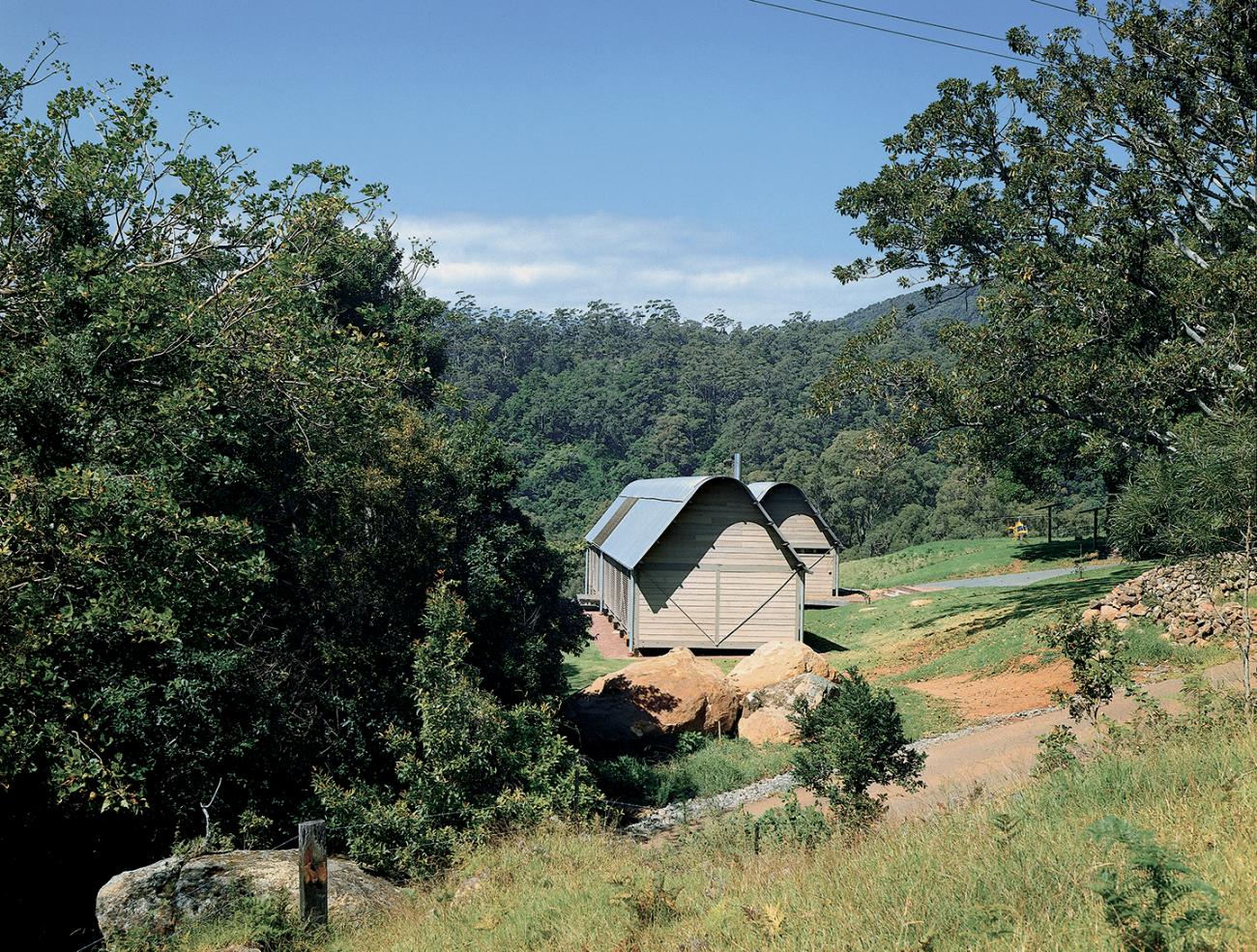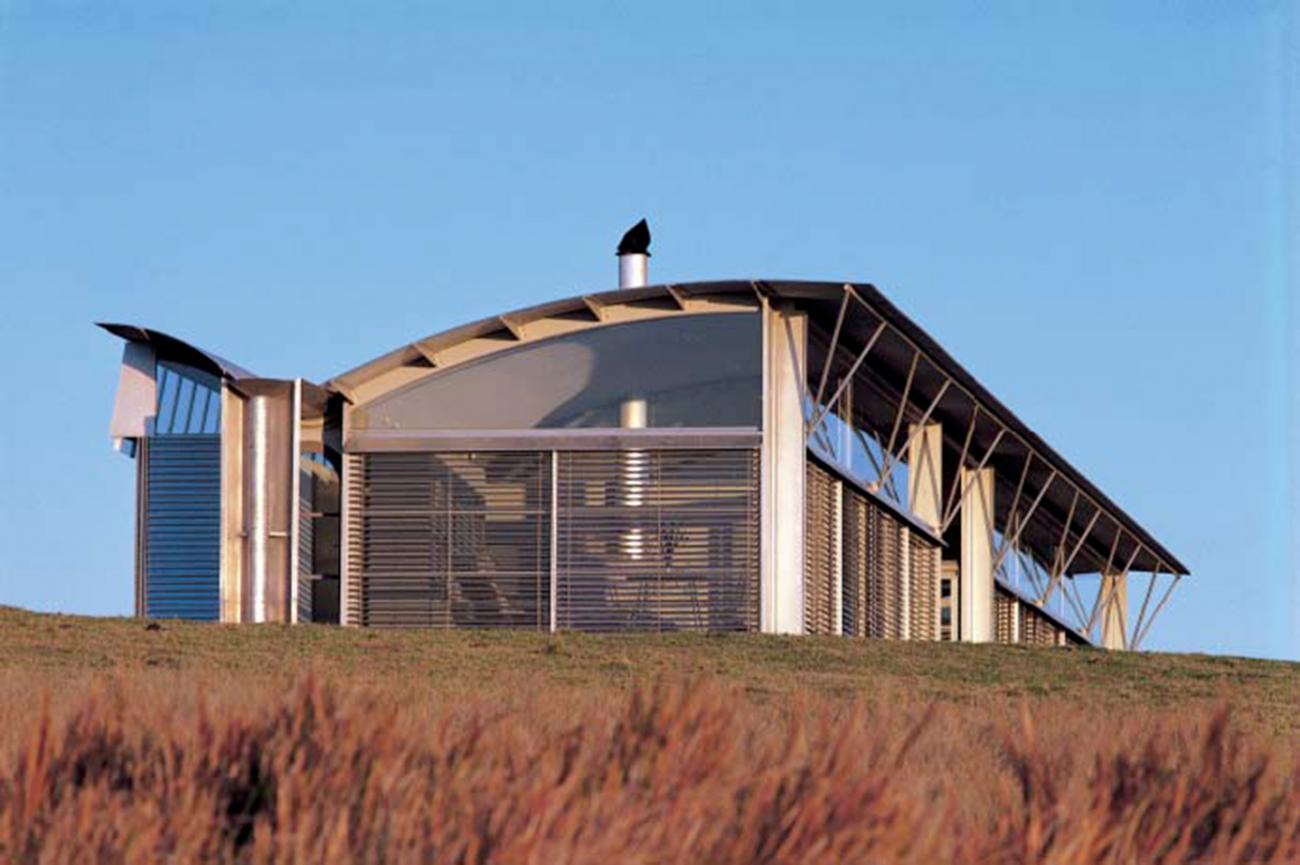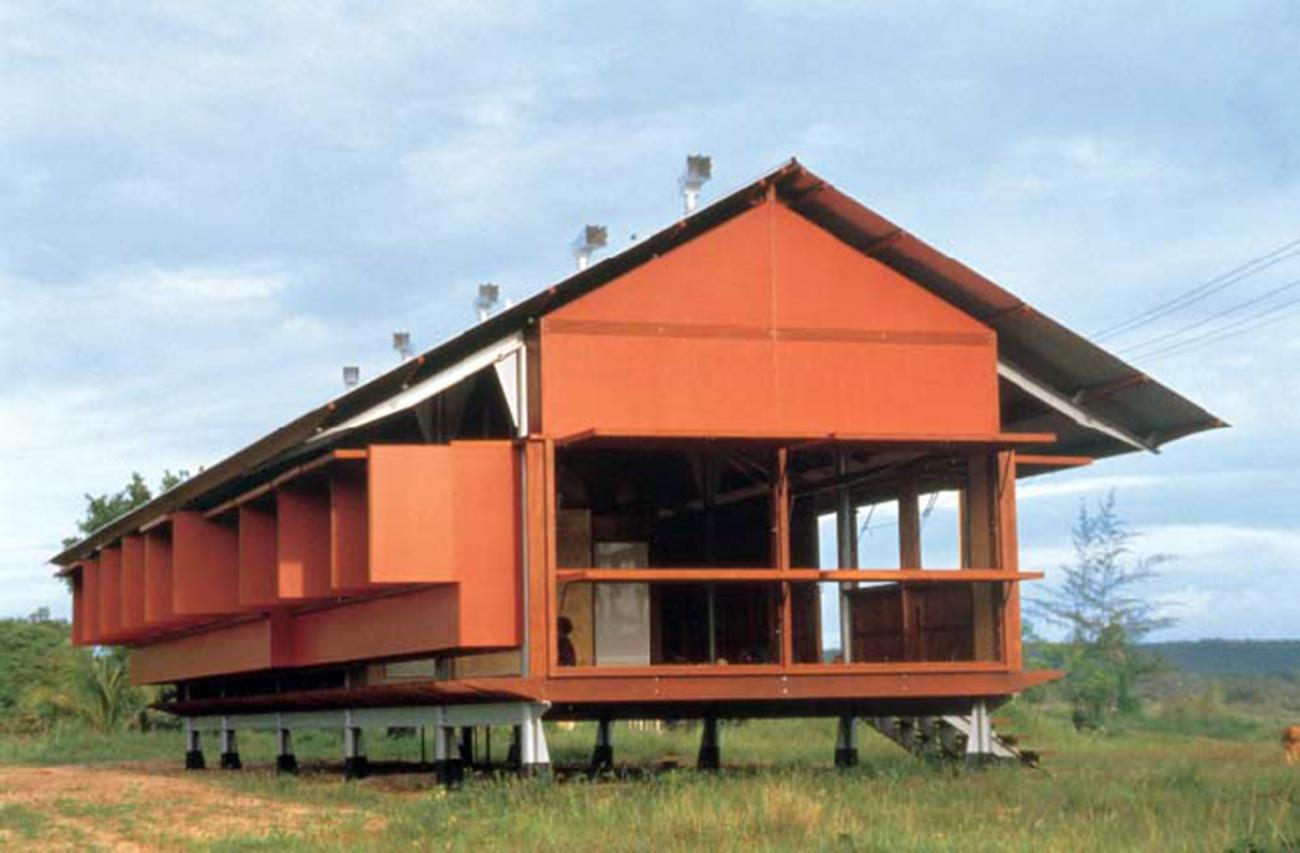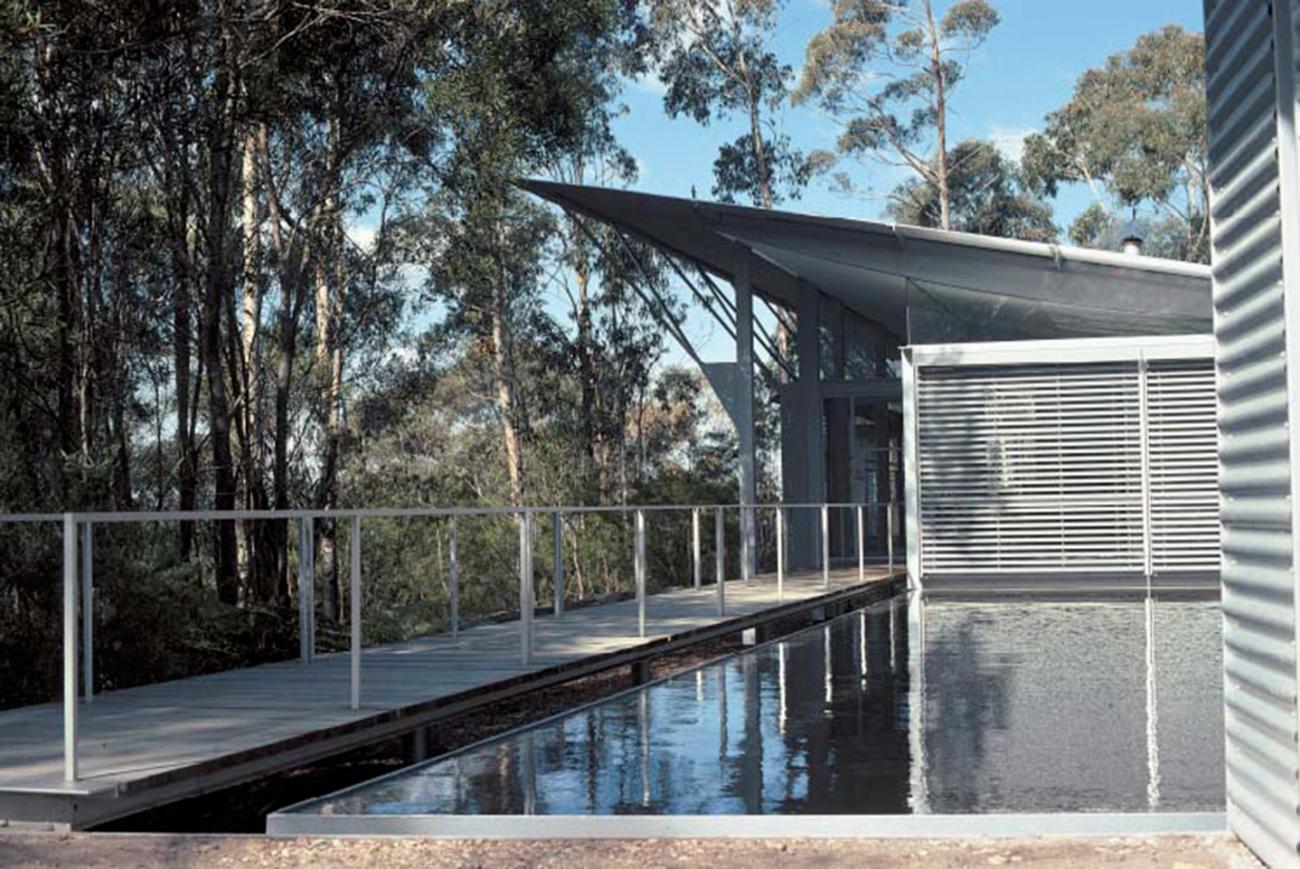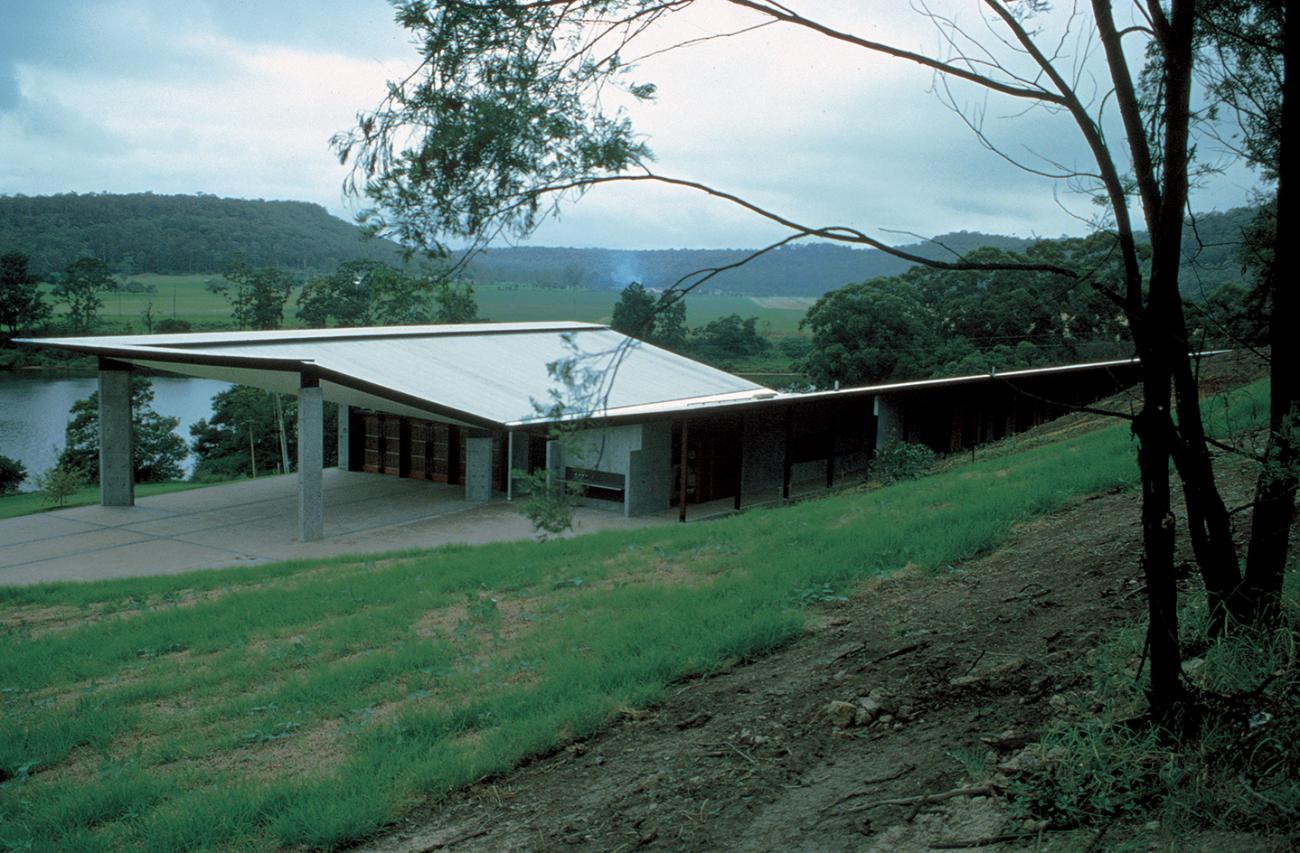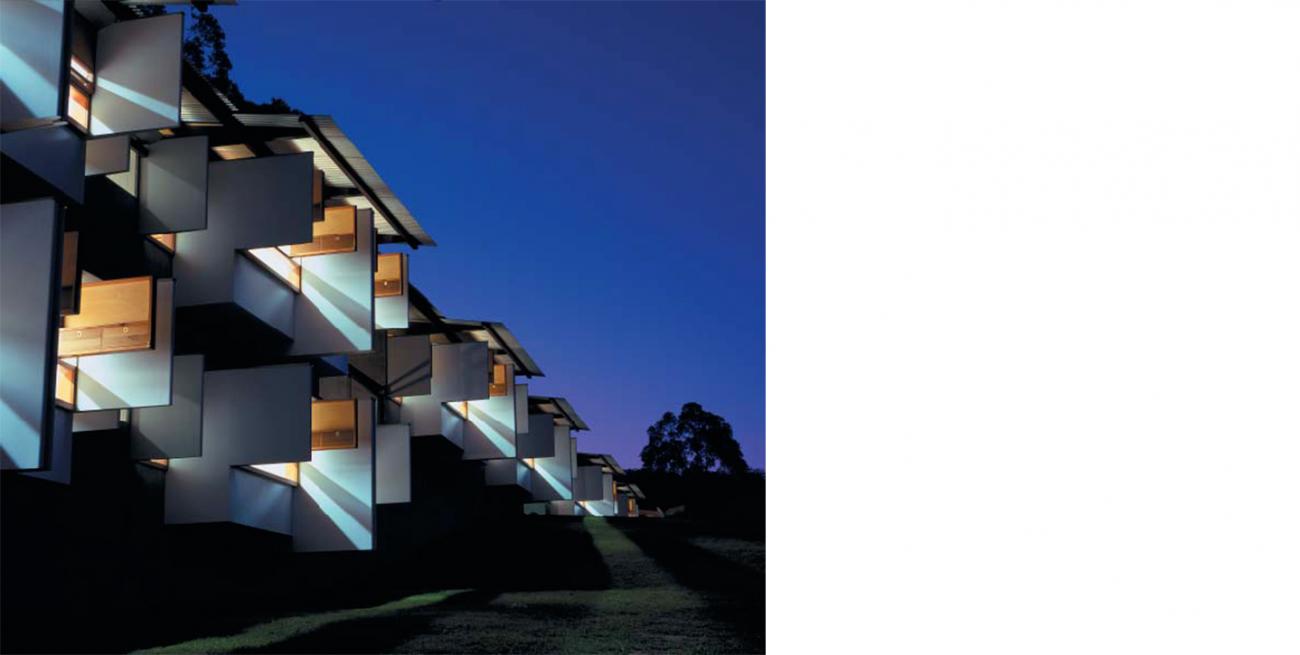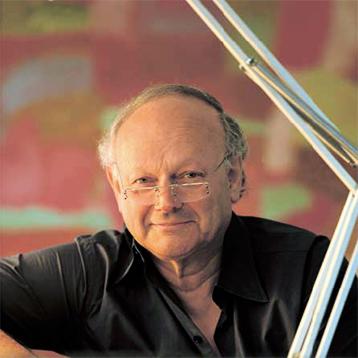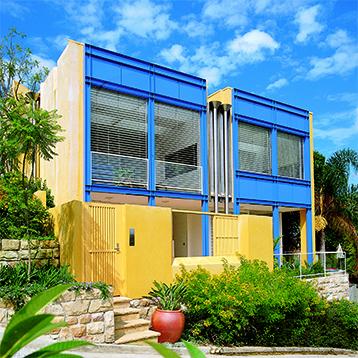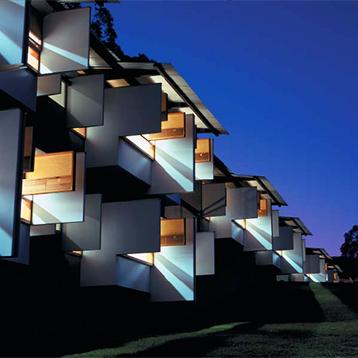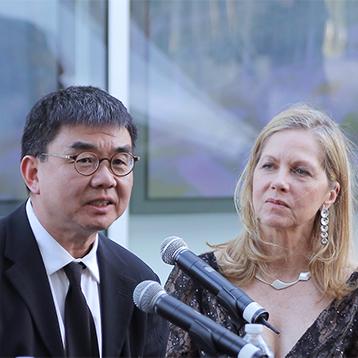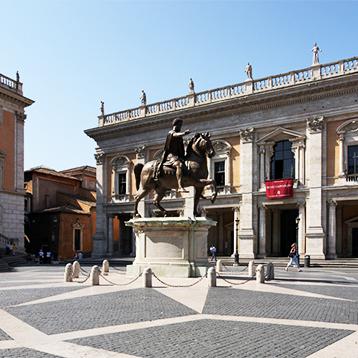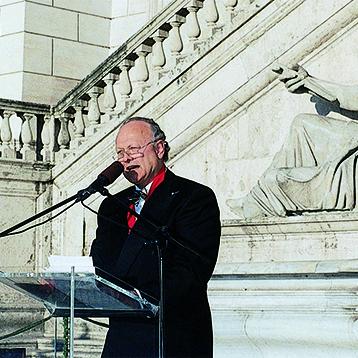Australian Architect Becomes the 2002 Laureate of the Pritzker Architecture Prize
An Australian architect, Glenn Murcutt, who works as a sole practitioner, primarily designing environmentally sensitive modernist houses that respond to their surroundings and climate, as well as being scrupulously energy conscious, has been named to receive the 2002 Pritzker Architecture Prize. The 66 year-old Murcutt lives and has his office in Sydney, but travels the world teaching and lecturing to university students.
In announcing the jury’s choice, Thomas J. Pritzker, president of The Hyatt Foundation, said, “Glenn Murcutt is a stark contrast to most of the highly visible architects of the day—his works are not large scale, the materials he works with, such as corrugated iron, are quite ordinary, certainly not luxurious; and he works alone. He acknowledges that his modernist inspiration has its roots in the work of Mies van der Rohe, but the Nordic tradition of Aalto, the Australian wool shed, and many other architects and designers such as Chareau, have been important to him as well. Add in the fact that all his designs are tempered by the land and climate of his native Australia, and you have the uniqueness that the jury has chosen to celebrate. While his primary focus is on houses, one of his public buildings completed in 1999, the Arthur and Yvonne Boyd Education Centre, has achieved acclaim as well, critics calling it ‘a masterwork’.”
Pritzker Prize jury chairman, J. Carter Brown, commented, “Glenn Murcutt occupies a unique place in today’s architectural firmament. In an age obsessed with celebrity, the glitz of our ‘starchitects,’ backed by large staffs and copious public relations support, dominates the headlines. As a total contrast, our laureate works in a one-person office on the other side of the world from much of the architectural attention, yet has a waiting list of clients, so intent is he to give each project his personal best. He is an innovative architectural technician who is capable of turning his sensitivity to the environment and to locality into forthright, totally honest, non-showy works of art. Bravo!”
The formal presentation of what has come to be known throughout the world as architecture's highest honor will be made at a ceremony on May 29, 2002 at Michelangelo’s Campidoglio in the heart of Rome. At that time, Murcutt will be presented with a $100,000 grant and a bronze medallion. Murcutt is the first Australian to become a Pritzker Laureate, and the 26th honoree since the prize was established in 1979. His selection continues what has become a ten-year trend of laureates from the international community. In fact, architects from other countries chosen for the prize now far outnumber the U.S. recipients, nineteen to seven.
Bill Lacy, who is an architect, spoke as the executive director of the Pritzker Prize, quoting from the jury citation that states, “His is an architecture of place, architecture that responds to the landscape and the climate. His houses are fine tuned to the land and the weather. He uses a variety of materials, from metal to wood to glass, stone, brick and concrete—always selected with a consciousness of the amount of energy it took to produce the materials in the first place.”
Lacy elaborated, “Murcutt’s thoughtful approach to the design of such houses as the Marika-Alderton House in Eastern Arnhem Land; the Marie Short House in New South Wales; and the Magney House at Bingie Bingie, South Coast, New South Wales, are testament that aesthetics and ecology can work together to bring harmony to man’s intrusion in the environment.”
